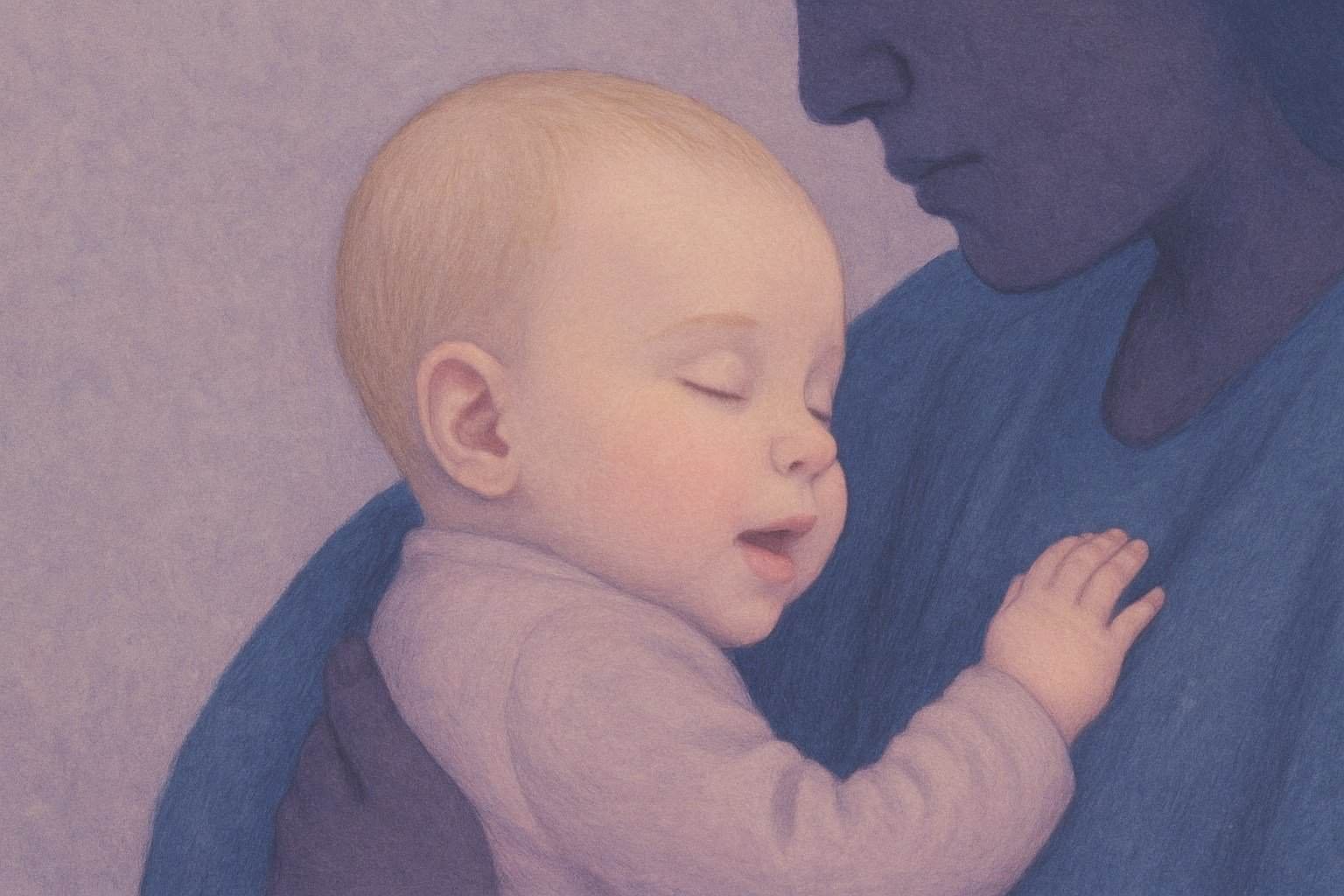The Infant’s Aha!: Delight, Dread, and the Making of Me
The most defining moments of your child’s personality happen before they can speak… or even remember.
Long before children say “I am,” their bodies are already learning what the world feels like. Before self-awareness blooms, before memory forms, there is emotion—raw, immediate, and powerful. And these early emotional experiences don’t just pass through the infant; they shape them.
In the first two years of life, the brain is in a state of rapid development, but not all parts mature simultaneously. The hippocampus—the region responsible for forming conscious, narrative memory—is still under construction. But the amygdala, the center of emotional processing, is entirely online. This means that while your baby won’t “remember” being held or left to cry, their nervous system does.
These early emotional moments—especially those charged with delight or dread—etch themselves into the body as implicit memory. They’re not remembered as stories but postures, expectations, and felt truths.
An infant doesn’t think “I’m alone,” but their nervous system learns to tighten. They don’t say, “You love me,” but their whole being softens in your arms. These are the first Aha! moments—not verbal insights, but emotional recognitions that become the blueprint for the emerging self.
Psychologists and neuroscientists call this procedural or implicit memory—an embodied knowing that lives in the muscles, breath, and autonomic reactions. It’s how personality begins to form. The infant learns, this is what gets a smile; that brings disconnection. This is safe. That is not.
This has profound implications
You don’t need to stimulate your infant with words or lessons—they’re not learning concepts yet. They’re learning through being. They’re learning your tone, your presence, your attunement. Every smile, every flinch, every moment of soothing or tension becomes part of the emotional map their future self will travel.
So what can you do?
- Be present more than perfect. Your calm, attuned presence helps regulate their nervous system, building inner safety.
- Repair matters. When rupture happens (and it will), soothing and reconnection afterward rewires the emotional message: I can lose contact and still be loved.
- Slow down. In your presence, they feel the tempo of life. When you’re grounded, they learn to be grounded.
- Honor their emotions. Even a baby’s distress is real to them. By meeting their feelings with care, you teach that feelings can be held, not avoided.
The emerging self is not just a product of genes or milestones. It’s an emotional sculpture, carved slowly through repeated felt experiences.
Your baby’s earliest “Aha!” may never be spoken. But it will live on—in how they approach love, trust, fear, and joy.
And in a very real way, you are helping shape the story of “me”—before they even know there is a story.
Planting Seeds Beneath the Story
Understanding how early emotions shape the self isn’t just neuroscience—it’s parenting at its most intimate. Every coo, cry, and cuddle is part of a deeper conversation your child is having with life—a conversation that forms the roots of personality—not as something fixed but as something forming, fluid, and alive.
In The Enneagram World of the Child, we explore this unfolding through the lens of the Enneagram—but not as a typology. We go deeper, tracing the four core emotional forces that mold the ego from within: fear, anger, shame, and the internalized voice of the superego. These aren’t just abstract ideas. They’re the emotional soil from which your child’s sense of self takes root.
We also highlight the two essential motivations that pulse beneath every childhood behavior: the longing to belong and the yearning to be seen. When these needs are unmet or misunderstood, the personality begins to contort, seeking safety through adaptation. But when these needs are honored with presence and love, something remarkable happens: your child stays connected to their essence—to their original wholeness.
The Enneagram World of the Child doesn’t just explain patterns. It opens space for transformation. It invites you, the parent or caregiver, to meet your child not with control or correction, but with the two forces that undo ego’s grip: curiosity and acceptance.
Because in the end, what matters most isn’t what your child becomes. It’s that they stay in touch with who they are—and know, deep down, that they are welcome here, just as they are.
That welcome starts with Mom and Dad.
John Harper is a Diamond Approach teacher, Enneagram guide, and human development student whose work bridges psychology, spirituality, and deep experiential inquiry. He is the author of The Enneagram World of the Child: Nurturing Resilience and Self-Compassion in Early Life and Good Vibrations: Primordial Sounds of Existence, available on Amazon.
